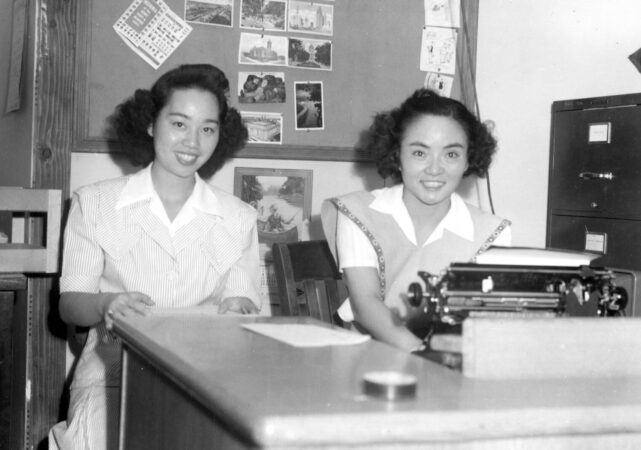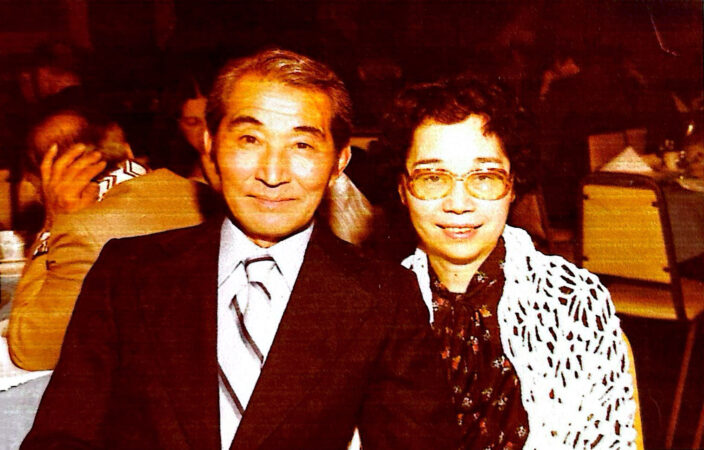Mitsuye Endo

Mitsuye endo
public service
CALIFORNIA CONNECTION: Born and raised in Sacramento
Mitsuye Endo was the plaintiff in the only successful legal challenge to the United
States’ unconstitutional mass incarceration of Japanese Americans during World
War II.
Biography current as of induction in 2024
A native of Sacramento, 22-year-old Endo was working as a clerk for the Department of Motor Vehicles when the State of California fired all its Japanese American workers following Japan’s attack on Pearl Harbor. She joined 62 other fired employees in appealing their termination, but when the government forced everyone of Japanese descent living on the West Coast from their homes and into incarceration camps, the case became moot since they were physically unable to return to work.
The attorney who had been representing the employees, James Purcell, turned to a habeas corpus case, arguing that the mass incarceration of American citizens without due process of the law was unconstitutional. Looking for a perfect plaintiff, he identified Endo, a Methodist who had never visited Japan and who had a brother serving in the U.S. military. Because of her reserved nature, Endo at first was reluctant to be the face of the lawsuit, but she agreed when she realized that she would be helping all the incarcerated Japanese Americans, not just herself.
As the case, filed on July 12, 1942, slowly made its way through the courts, Endo and her family—who had been transferred from a temporary relocation facility near Sacramento to the Tule Lake incarceration camp 300 miles north—were again moved to the Topaz incarceration camp in Utah. The government offered to release her so her case would be dropped, but she refused, remaining at Topaz with meager food rations and recurring illnesses. The U.S. Supreme Court finally ruled in Endo’s favor on December 18, 1944, finding that it was unconstitutional to imprison loyal Americans without due process. The day before the decision came down, the government proclaimed that loyal Japanese Americans could return to the West Coast.
Leaving Topaz in May 1945, Endo went to live with a sister in Chicago, where she took a position as a secretary for the Mayor’s Committee on Race Relations. Two years later, she married Kenneth Tsutsumi, whom she had met in camp, and the pair went on to have three children. Residing in Chicago for the remainder of her life, Endo never sought the spotlight, preferring a very private existence; she granted just one interview request for a brief oral history, which appeared in the anthology And Justice For All in 1984. Even her own children did not know of her role in history until learning of it as adults.
Tribute Video
This tribute video was shown during Mitsuye Endo’s induction by Governor Gavin Newsom and First Partner Jennifer Siebel Newsom in a virtual ceremony at the California Museum on December 19, 2024.



